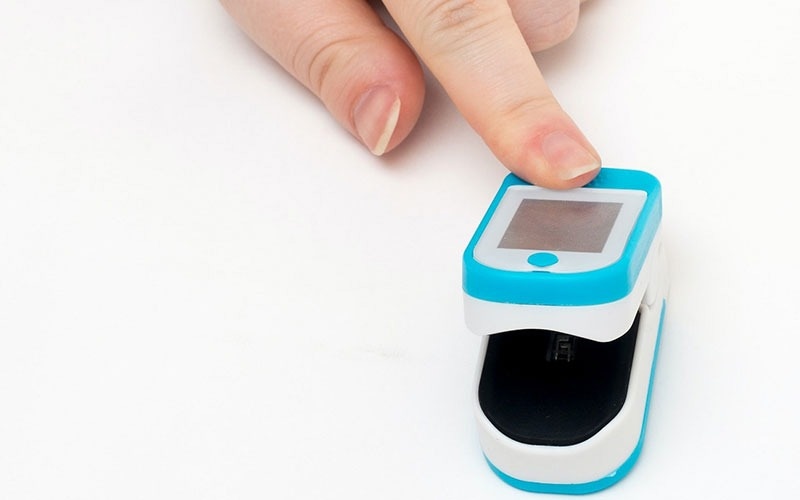Haydale Graphene Inc. has created an array of functionalized biomedical sensor inks for use in biosensing and diagnostic applications. These inks contain functional groups that enable them to interact with biological molecules, such as proteins or DNA, to detect specific analytes.
Functionalized Graphene Sensors
In 2021, Haydale embarked on a joint venture with Cardiff University and the Wales Kidney Research Unit (WKRU) to advance the development of a biosensor prototype utilizing their functionalized biomedical sensor inks.
The biosensor was designed to detect specific electrochemical urinary microRNAs to replace the need for invasive biopsies to detect delayed graft function in kidney transplant patients.

A biosensor that incorporates functionalized graphene biomedical sensor inks for applications such as diabetes and kidney disease. Image Credit: Haydale Limited
Graphene Sensors for Quicker and More Accurate Results
This novel detection method can offer a faster and less expensive test than the PCRs that are currently used. Using graphene as a sensory ink results in improved electrical conductivity, sensitivity and response rate in a biomedical sensor. This means quicker and more accurate results versus current methods.
Haydale has since expanded its product line to include a range of functionalized biomedical sensor inks for various applications, including glucose monitoring, detection of gout, and kidney disease.
These inks have the potential to transform the biosensing and diagnostics landscape, paving the way for the creation of new, more precise diagnostic devices and treatments for an extensive array of health conditions.

This information has been sourced, reviewed and adapted from materials provided by Haydale Limited.
For more information on this source, please visit Haydale Limited.